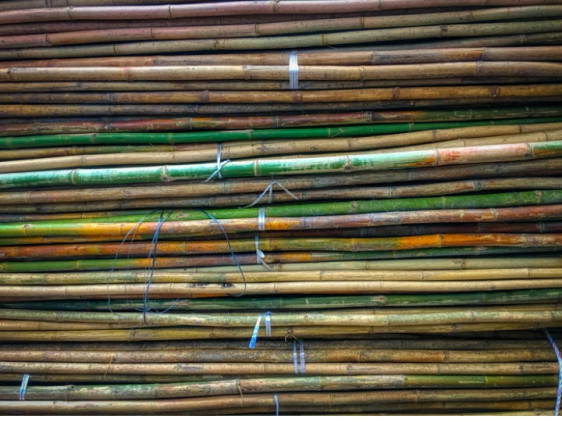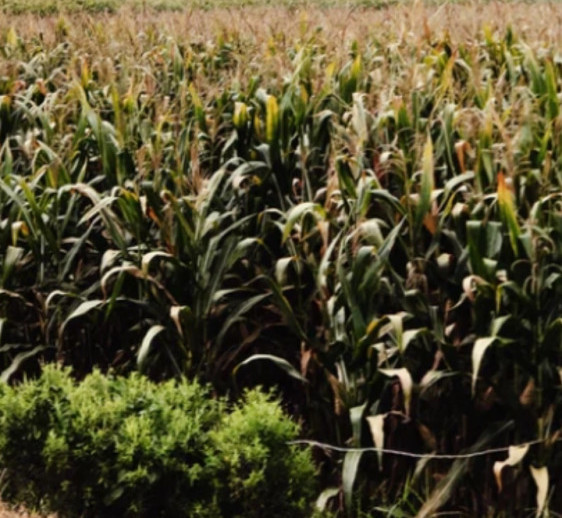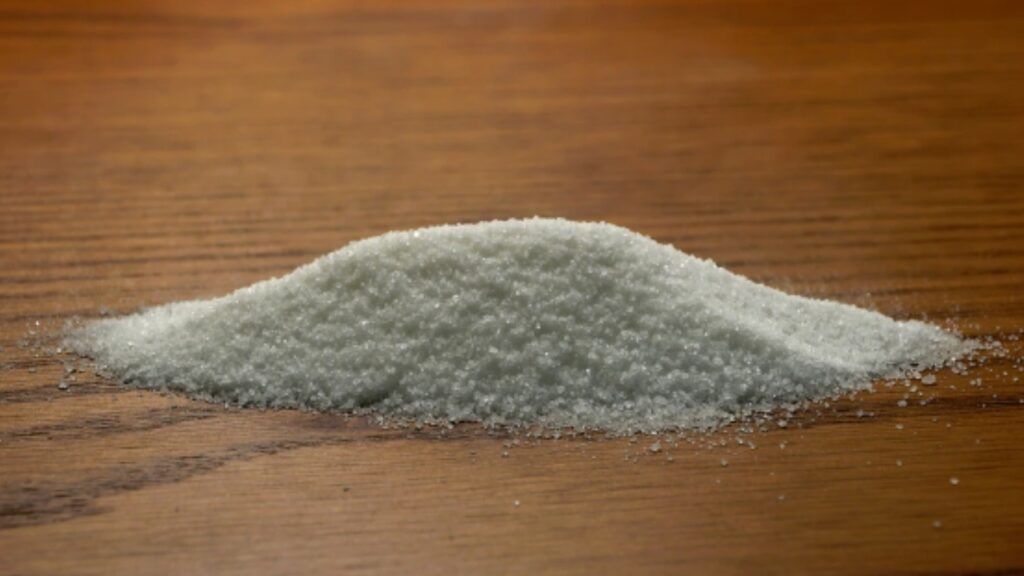Fresh sugar cane juice using an antique mill may sound strange to many people. However, this was a popular old-fashioned process of making sugar the manual way.
We pick up processed sugar in the stores without giving it a second thought. How did this refinement take place? Modern technology has made it easier than it was in former years.
Once upon a time things were done differently. Farmers’ equipment was less sophisticated and manual labor was the norm.
Sugar was the prime export commodity from the West Indies to Europe in the 18th and 19th centuries. The juice had to be extracted to produce molasses and sugar crystals.

Brief History of Sugar Cane | The West Indies Story.
Sugar cane is a member of the grass family grown in warm tropical climates. This fibrous stalk is jointed similar to the bamboo but denser on the inside.
In the 17th century under British control, sugar cane was introduced to the West Indies from Brazil. Massive forced laborers captured and sold from Africa were used to fortify the plantation owners.
Sugar was a luxury item until its increased production in the New World saturated Europe. This contributed to the gradual affluence of the populace who could now afford it.
Growing sugar cane was very strenuous work done only by enslaved laborers at first and considered undignified by the middle and upper class population.
Many workers including men, women, and children died due to the hard work and harsh conditions. That was not a problem, however, as they were easily replaced by more captives as stock.
The West Indies is known for its intense hot weather all year long. High production resulting in wealthy plantation owners was top priority, and the free labor made this happen.
The days were long, arduous with frequent whip lashings, and usually unbearable. There were many steps involved from preparing the land to obtaining the various byproducts.

Antique Methods | Pre-technology.
Land had to be cleared and hoed before planting and fertilizing took place. The work was not only backbreaking but also done manually.
Harvesting was done using machetes otherwise called cutlasses. The stalks were taken to the mill buildings where they were crushed and the juice boiled producing a rich brown sticky substance.
Crushing was done by feeding the cane through a mill between heavy extractors expelling the juice. This was sometimes a dangerous procedure often injuring the workers.
The juice was stored in barrels until it went through a separation process. The top portion, a very dark, thick substance called molasses was poured off. Rum is a byproduct of molasses.
The lower portion which is the sugar was shipped to Europe in barrels.
Further refinement was later done to get the different grades and shades of sugar … dark, medium, light brown, and white or granulated.

Fresh Sugar Cane Juice | The Mill
Fresh sugar cane juice using a manual mill usually operated by two persons is still in use on a very small scale. There are individuals who love this business and find it convenient.
The mill is made of metal and mounted on a metal or wooden base with the cane being fed between two pieces of the metal.
The operators at either end of a long horizontal pole pushed going around in circles as the juice is caught into containers. Operators can be relieved by others to make it less strenuous.
Particles from the cane will also get into the liquid so it is strained with a very fine strainer or clean cloth prior to storing.
This fresh juice has a 24-hour shelf life and must be refrigerated or freezed to prolong its freshness. In order to keep the liquid evenly distributed, the juice should be thawed and stirred before serving.
Sugar cane juice is refreshing alone but is usually enjoyed with the addition of lemon or lime juice.
Despite its pleasing taste of both sugar cane juice and sugar, it is a product that should be used in moderation or avoided by person suffering from diabetes and obesity due to the high carbohydrate content.
In addition to the abundance of sucrose (sugar), it has small amounts of nutritional elements such as iron, zinc, magnesium, calcium, sodium, chloride, potassium, among others.
The tradition of cultivating and/or juicing cane has remained in families and sometimes passed on to the next generation.
The Entrepreneur | His Story
Hector Campbell, a man who is passionate about farming, operated his own cane juice business for many years using his manual cane mill. Members of the family participated in this chore.
This old-fashioned piece of equipment has produced hundreds of gallons of juice served to family members, friends from all over the world, and sold to local shops, restaurants, and hotels.
Friends of his from the USA visited his home and made a video showcasing the operation of his mill.
People mistakenly thought that water was added to the juice to “stretch” it. It was customary to keep it frozen in the plastic gallon or half gallon containers they were sold in.
A few buyers ignored the instruction to thaw it thoroughly and proceeded with false accusations requesting their money back. Others quickly understood and followed the proper procedure.
Sugar Cane Juice | Refreshing to the Last Drop
Sugar cane cultivation and processing may have broken the backs of those who were captured illegally and inhumanely transported to the West Indies …
… however, many of their descendants became proud and beloved farmers providing for their families and making a life for themselves.
The manual sugar cane mill has outlasted what was the number one trade between the British West Indian colonies and Europe. Though not widely used, a few are still in operation or kept as antiques.
Sugar cane juice is sweet, refreshing, and can be enjoyed to the very last drop.
Remember to thaw thoroughly if frozen to avoid having a separation of the liquid. The first part will be very sweet while the balance watered down.
Despite the title of this article, “Fresh Sugar Cane Juice: Antique Mill” cane is more popular than cane juice and is sold in food markets, on the side of the road, and at various events.
I hope you found this article beneficial. If you have any questions or comments, please feel free to leave them below. I will be more than happy to address them.
Veron Lee Campbell | Entrepreneur | The Way 4WordEnterprises
